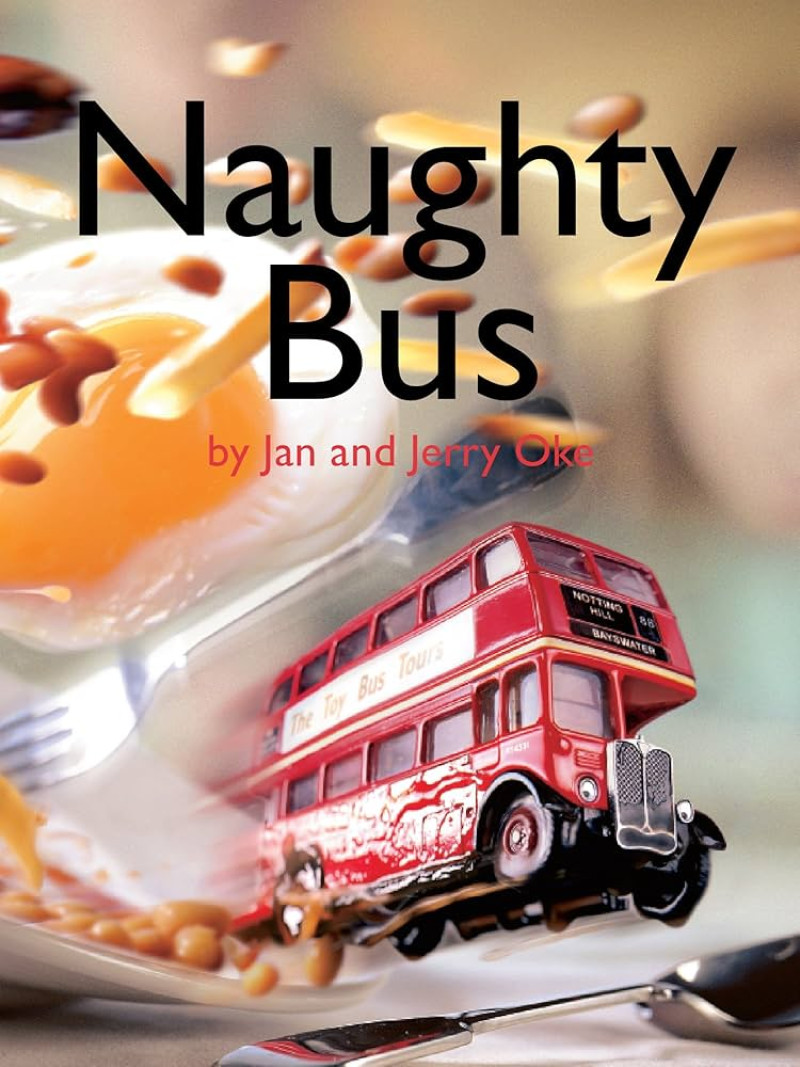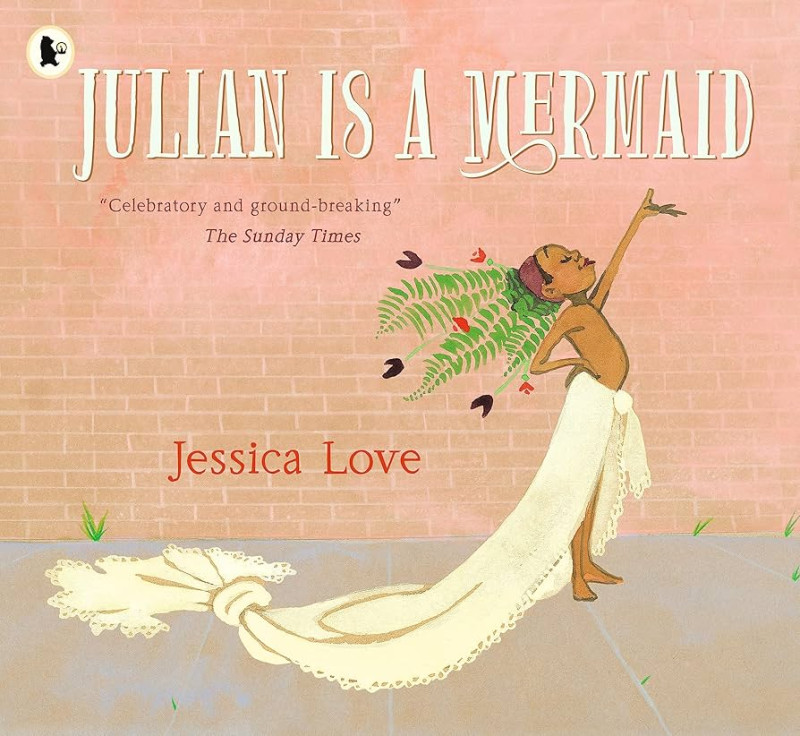Written byJoanna Leru
Consultant
See More
When it comes to thinking of my favourite children’s books, my mind always gravitates to picture books. The same thing happens if I walk into the quiet of a bookshop, with or without my own children; even when I am there for a specific reason (a present for my sister-in-law that should be purchased in the adult section) my body takes me straight to the children’s picture book section.
When I was growing up, I loved drawing, painting and making things out of nothing. I often used things around me to create the grown-up imaginary worlds I was about to be a part of: a pharmacist using the empty boxes from my grandfather’s prescriptions and a market seller selling mud tamales carefully covered and wrapped with my grandmother’s left-over corn leaves. It was then no surprise to my mother that, when I decided to go to university, I would study photography. Fast forward to today as a Literacy Consultant and still very much an active teacher in the classroom, when tasked with the impossible challenge of picking my five most favourite picture books, I had to dig deep. Whilst there are so many picture books that are my favourites, these five are not only beautiful when it comes to illustrations and visual composition, they are books that have marked key moments in my teaching practice and for that reason hold a special place on my book shelf. I hope you are inspired to use them in your classrooms, if not already.
Stuck by Oliver Jeffers
This wonderful book centres around Floyd who gets his kite stuck in a tree and comes up with the most extraordinary ways to try and get it unstuck involving a lot of throwing! From throwing a shoe up at the tree, to a whale and generally things, people and animals in the wrong place at the wrong time. This story makes you question and admire Floyd’s mighty strength. A brilliant, whimsical and comical story on the possibilities of being inventive, showing how incredible our imagination can be if we allow it.
Oliver Jeffers is one of, if not my most favourite author and illustrator. I love how authentic his books feel when it comes to artwork, because in the words of Petr Horacek "A picture book should be seen as a specific art form."
(1) Jeffers’ books always look like they have come straight out of his sketchbook. Stuck was the first book I read to my first class as an NQT on ‘Moving Up Day.’ Since then, it has been a firm favourite of mine and my classes. It is one that I can rely on to make us laugh, question and imagine.
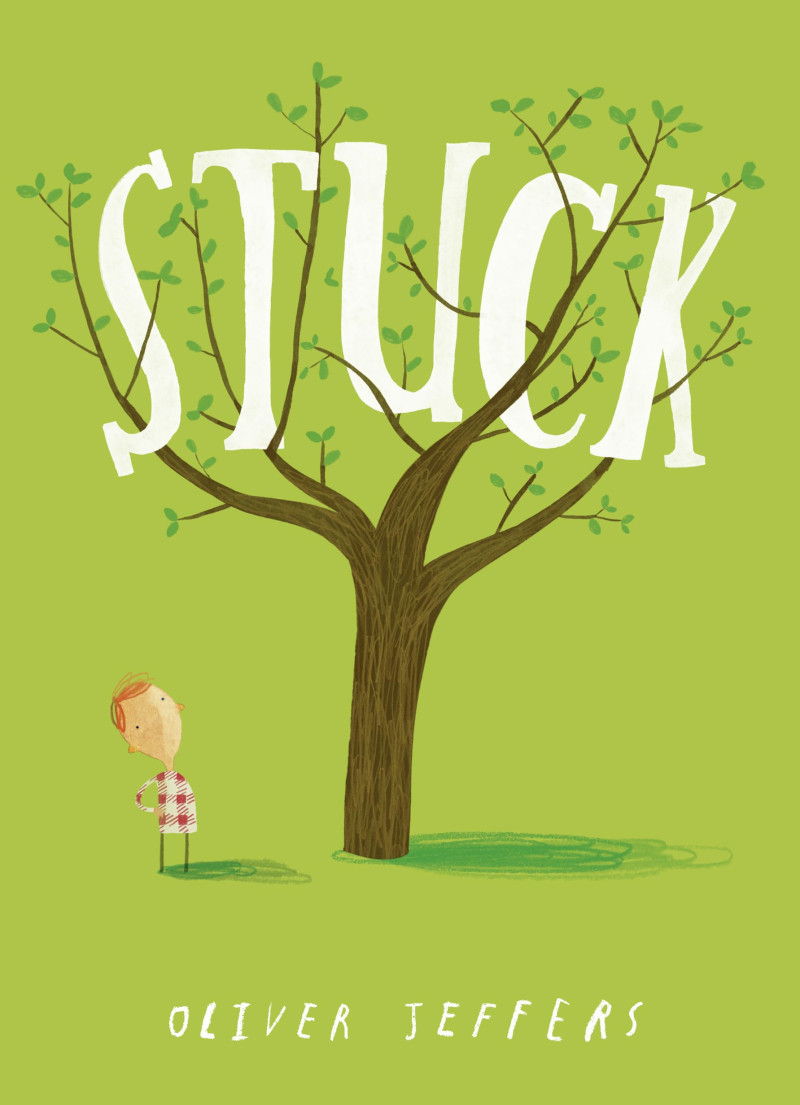
Naughty Bus by Jan and Jerry Oke
A visually stunning and imaginative book about the daily life of a child role playing while at home using their trusty double decker bus.
This is an exciting and playful book that combines all my favourite things: children’s literature, photography and typography. Other than being visually pleasing, it is a brilliant book to encourage meaningful discussions with children about role play and the best way to do this. It provides opportunity to explore visual literacy as well as how typography can be used to enhance meaning. This book provides so many creative literacy opportunities within and outside the classroom. It is pure joy!
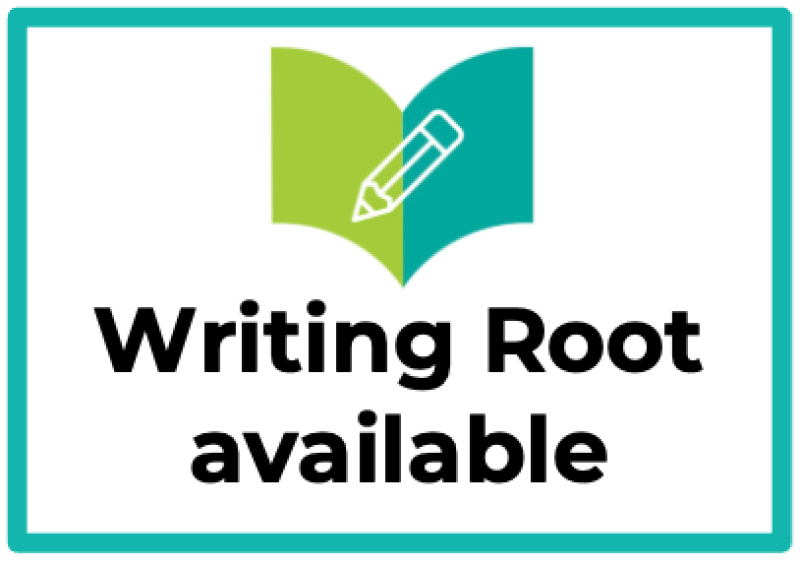
Itzel and the Ocelot by Rachel Katstaller
A captivating picture book with magical illustrations by Rachel Katstaller, who is half Austrian and half Salvadoran. Her book illustrates and tells the story of a little girl, Itzel, who believes in her grandmother’s traditional tale of a giant snake who could bring the rain back in a time of drought. When it was needed the most and when no one else believed, a determined Itzel goes on a journey to find the giant snake and meets many along the way who have also stopped believing in the snake, but who follow her as they are desperate for the rain to fall as much as she is.
When I came across this wonderful book in the National Theatre shop in London, a huge sense of being seen came over me. I had never come across a children’s book so deeply rooted to Salvadoran heritage as well as being written in English. It was without question that I would proudly be the owner of a copy of a fellow Salvadoran’s work. However, to me, it affirms the importance of representation, particularly in children’s literature and the importance of being seen at any stage in life.
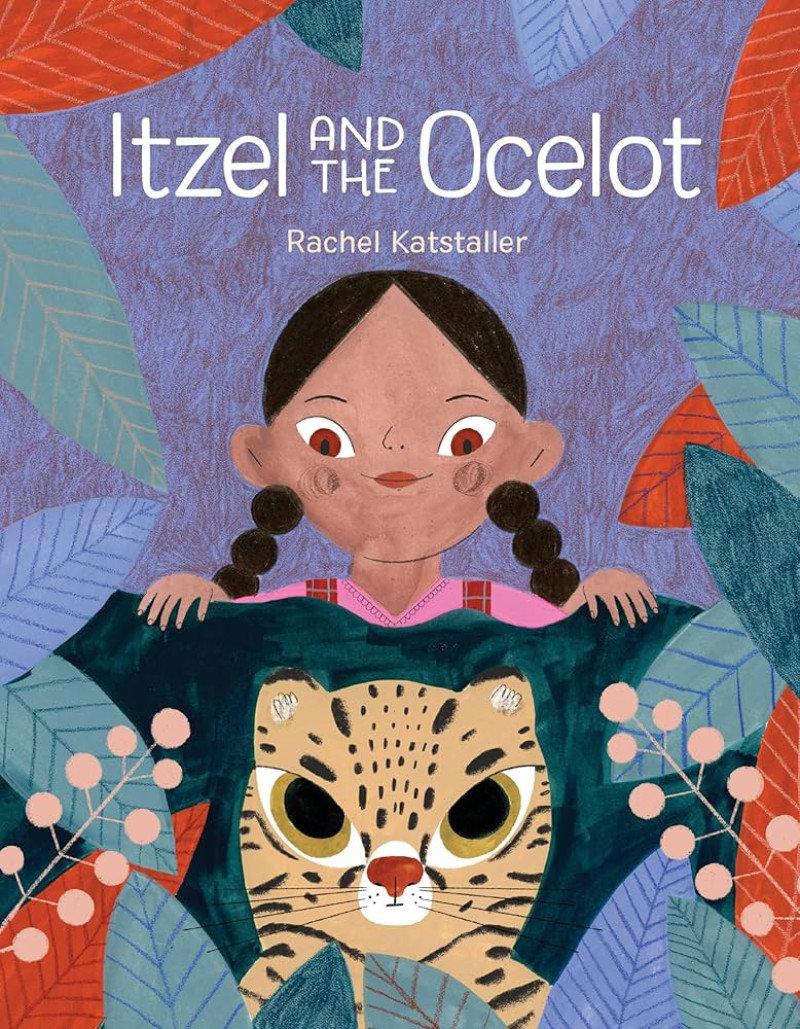
Julian is a Mermaid by Jessica Love
Jessica Love’s Julian is a Mermaid is a book that fosters acceptance and encourages you to be exactly who you want to be. The book tells the story of Julian, who loves mermaids. One day at home, while Nana is having a bath, he uses his imagination and what is around him, to turn himself into the mermaid he wants to be. As Nana comes out of the bath, her stern look makes us wonder whether Julian will be in trouble or not. Heart-warmingly, she gives Julian the last piece needed to complete his mermaid outfit.
This celebratory book was one of the first books I intentionally and unapologetically chose to use in the classroom that was diverse and multilayered. It was also the very first book where I used Literacy Tree’s Writing Roots. This book, with its wonderful watercolour illustrations, is unforgettable.

Meesha Makes Friends by Tom Percival
A beautiful book that tells Meesha’s story on how hard it can be to make friends. Meesha, who often reads social situations in a different way or says the wrong thing, resorts to creating her own friends. She does not know that this is what will lead her to make ‘real’ friends after all.
Tom Percival’s series of Big Bright Feelings have always been on my bookshelf in the classroom. It was incredibly difficult to pick one, as they are brilliant and address very big feelings that children and adults can have. The series navigates these in an affectionate way, gently supporting children to understand them. More importantly, it makes them feel that it is okay to have these feelings.
Percival’s books have allowed children in my class to open up and feel accepted. In a time where emotional school avoidance is on the rise, this book addresses the importance in helping children to navigate social situations, supports them to feel accepted and gives them the courage to find common interests with their peers.
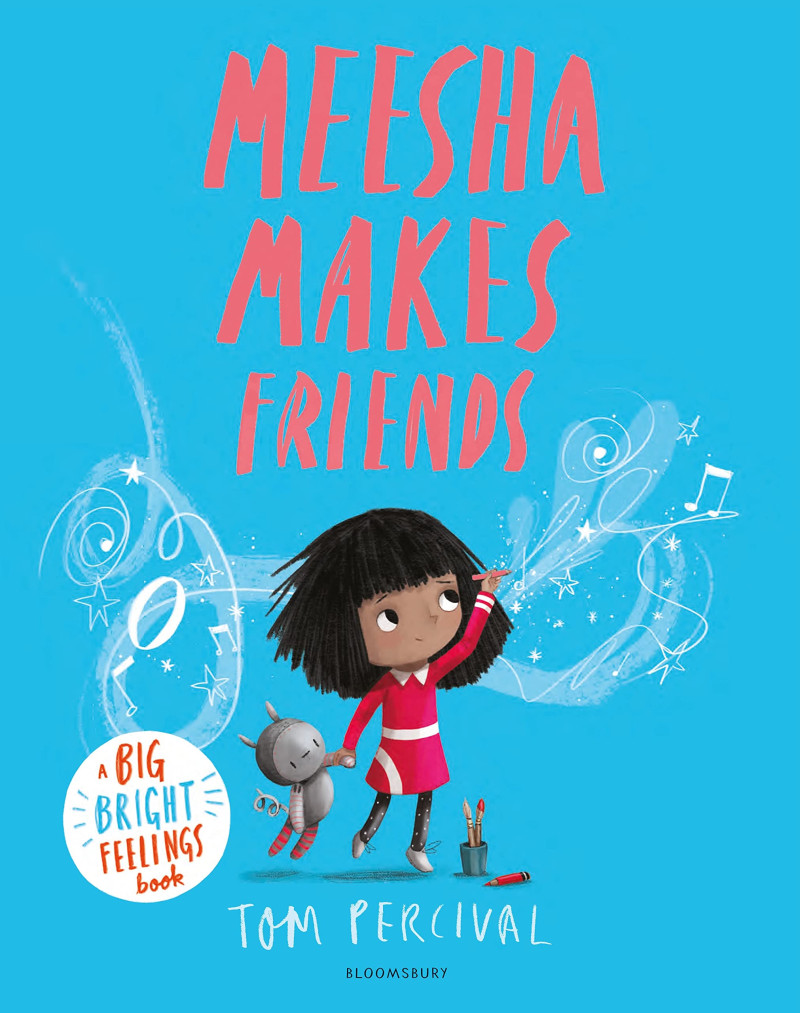
(1) Petr Horacek in Nikki Gamble (2024), 'Petr Horacek – picture books as art'

